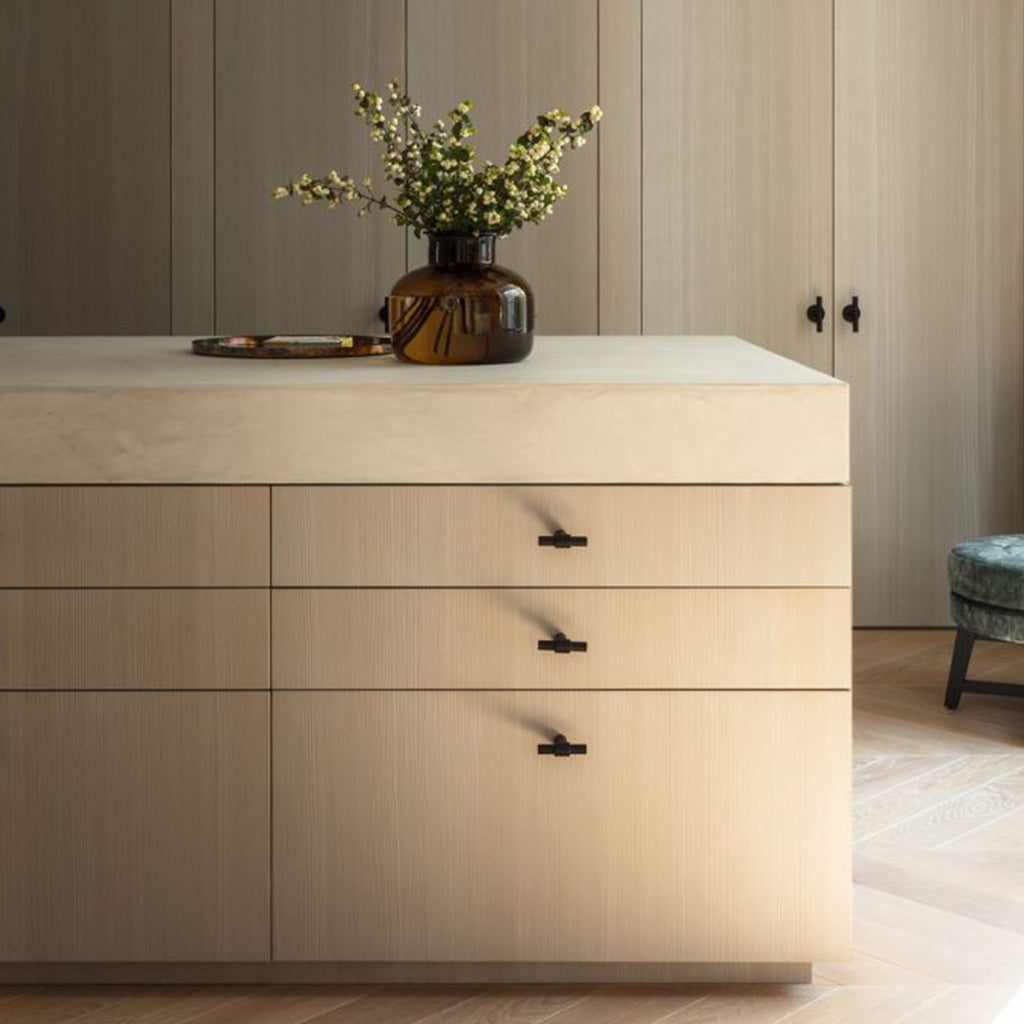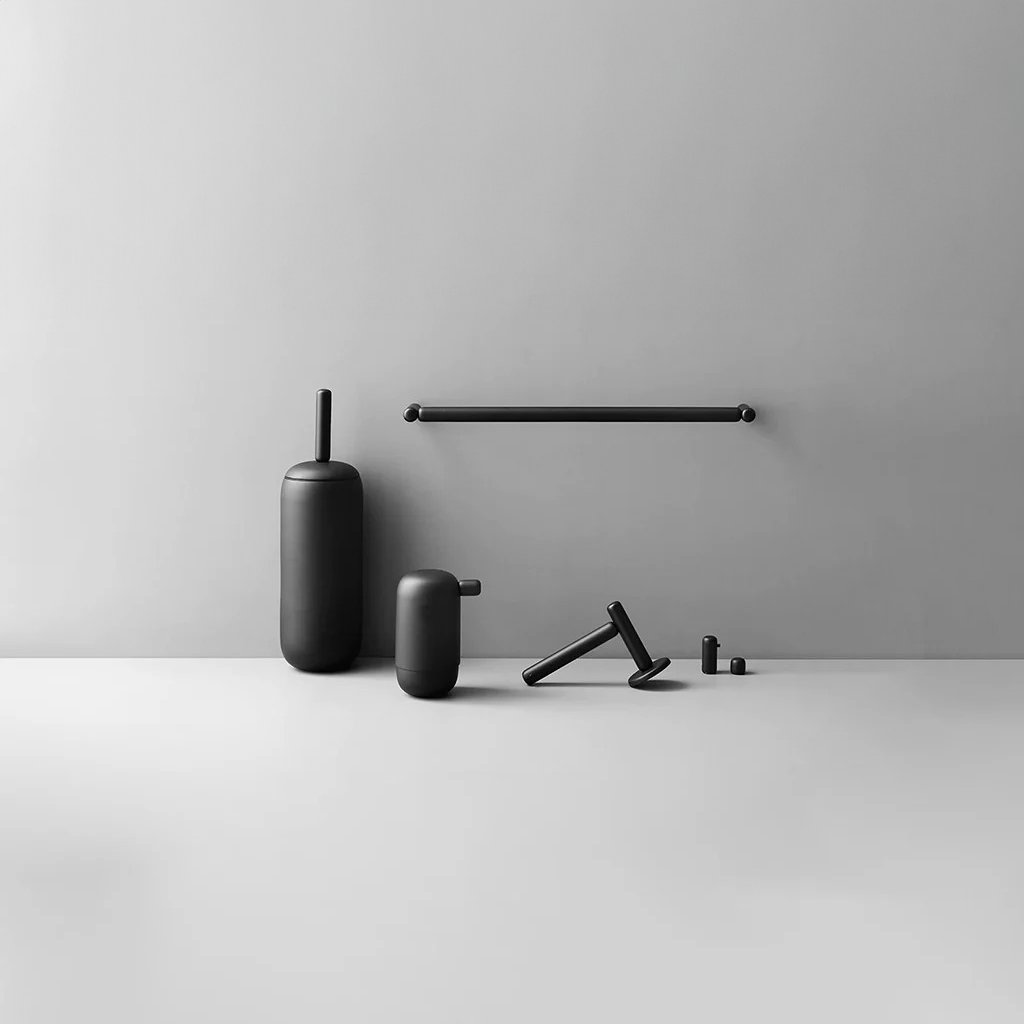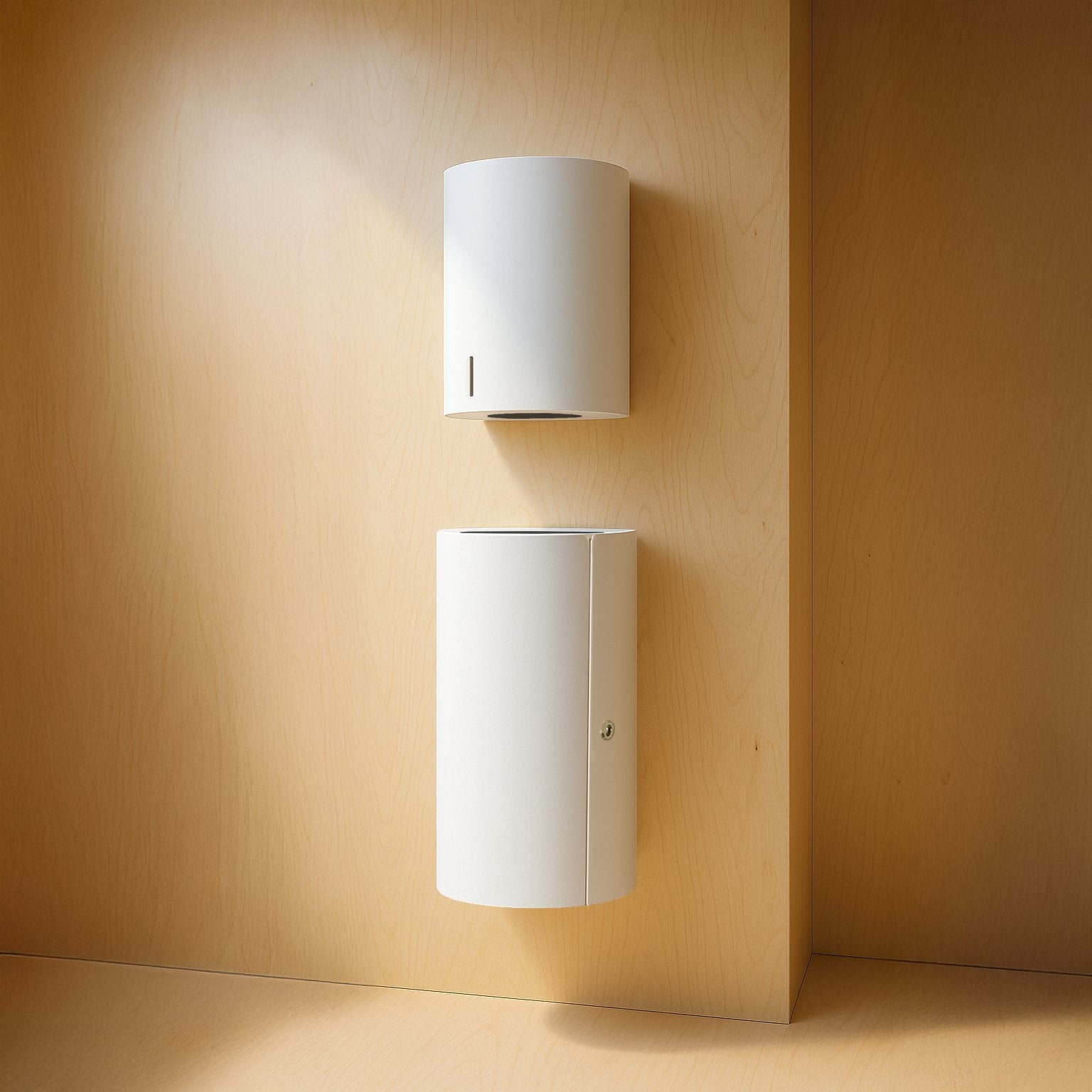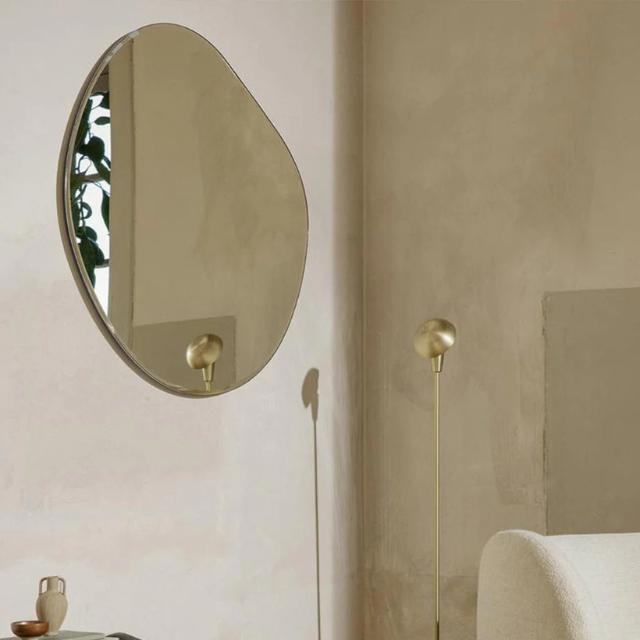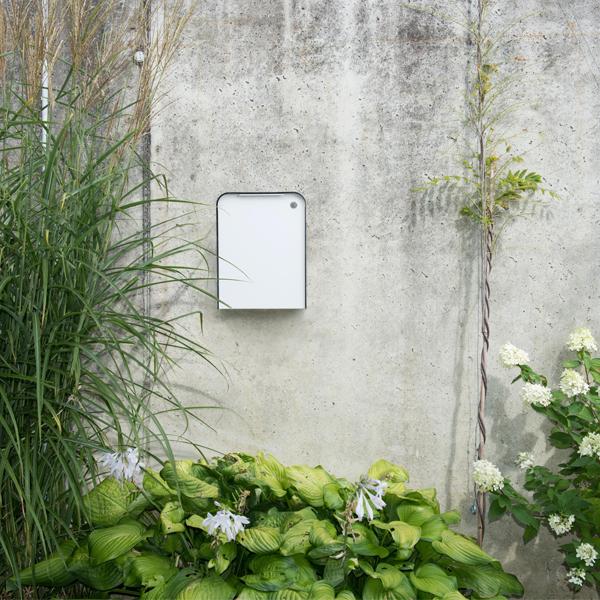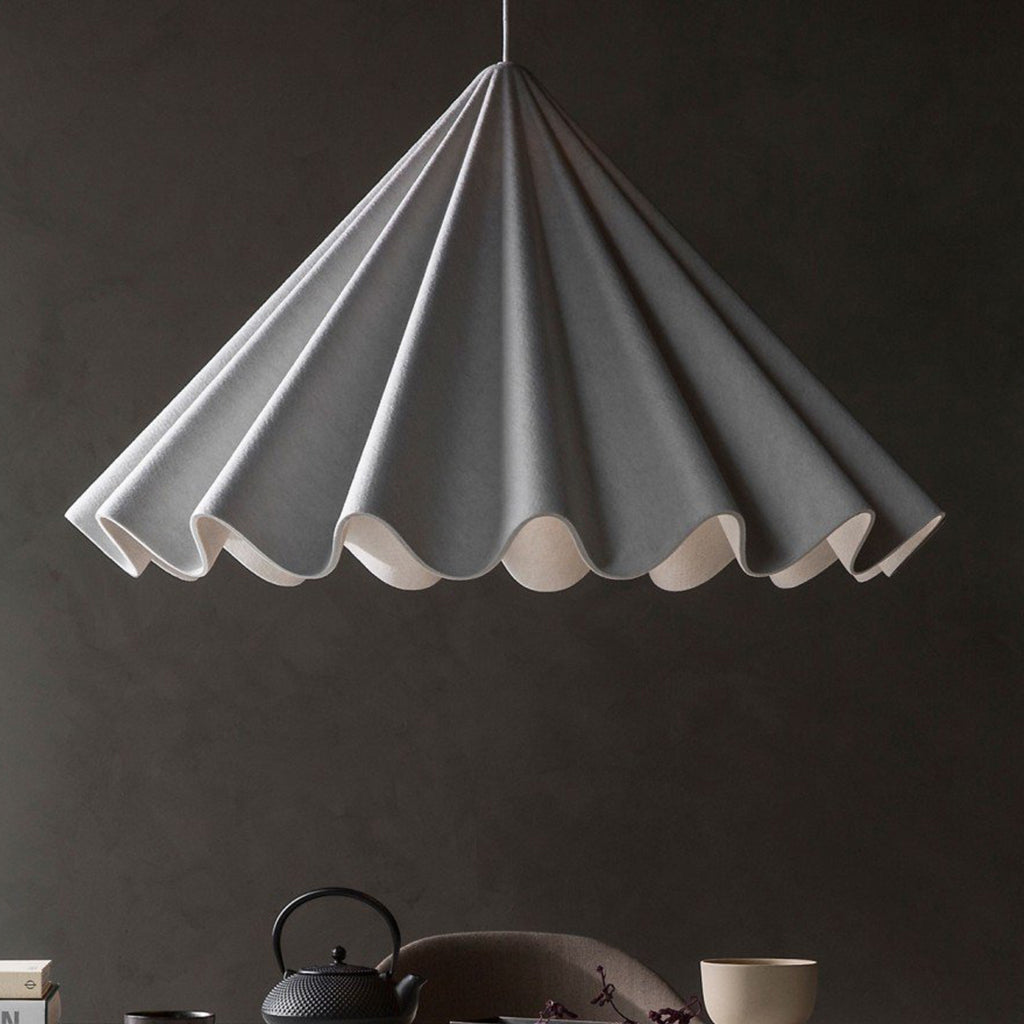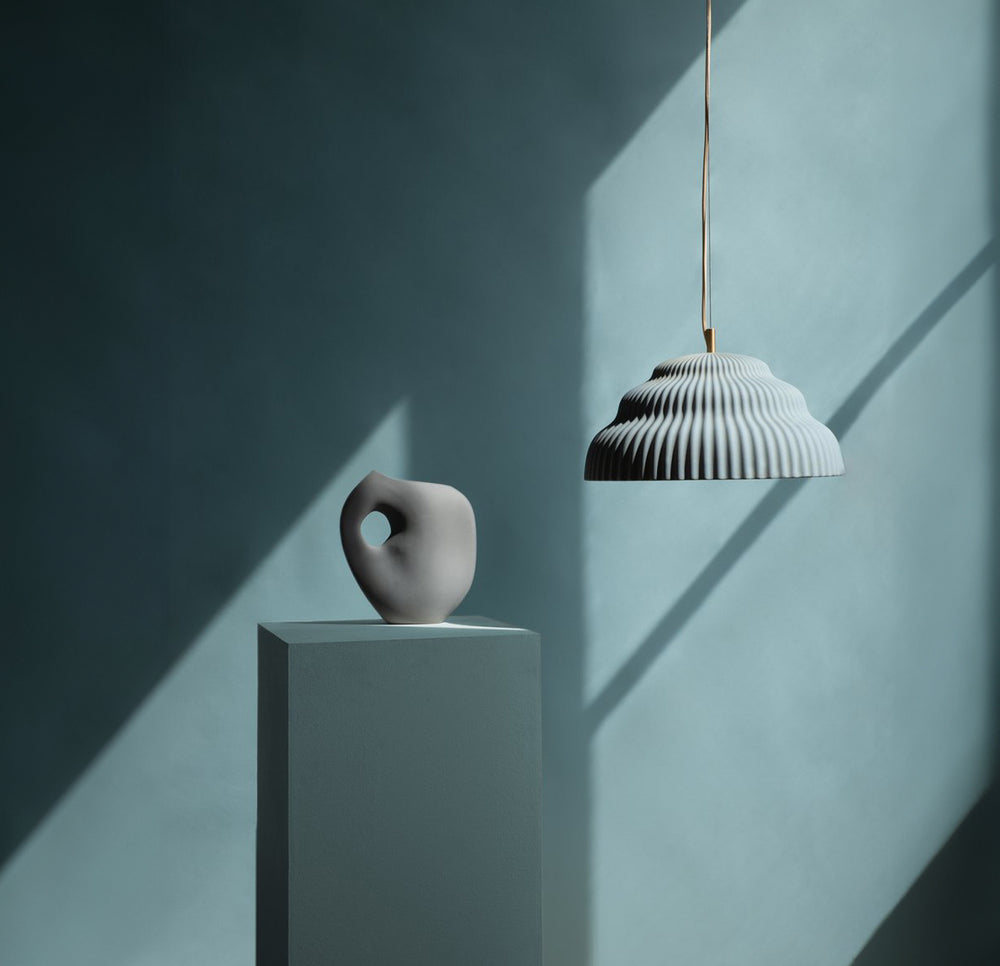Hardware Finishes - Part Two : Living Finishes
We've already covered the basic finishes in Part One of our series. Now, we want to talk about living finishes. Here at CASSON we can't get enough of these unique metal pieces that change over time, and we’re not alone...
From the most classic of fittings to the most modern and contemporary, it's easy to incorporate this timeless metal into any interior. But what exactly is a living finish? And why are we so obsessed with it? Read on to learn more.
Still have questions? Email service@cassonhardware.com

A finish as unique as your space...
A living finish is what it sounds like: a finish that changes over time. Because the metal is unlaquered or uncoated, the colour of the finish will change as it ages and is used. Like the perfect pair of jeans or leather jacket, unlaquered hardware wears well over time and develops its own patina, which connotes history, character and timeless elegance.
RAW versus LACQUERED
Lacquered metal has a clear coating on it, that protects it from oxidizing or weathering over time. While the coating may wear off with use, the colour you see when you first get your piece is closer to what you will have even years later, especially if cared for properly and recoated as needed.
Raw metal is not lacquered so it has no protective coating or paint on the surface. This means that it will darken over time with exposure to light and air pollution in your home environment. This process is known as oxidation and it's completely normal. The darker your piece gets, the more antique or vintage appearance it will have.
"The darker your piece gets, the more antique or vintage appearance it will have."
As the item ages, it will go through several stages of colouring, as shown to the left.
But what actually causes this change?
Patina is oxidation caused by surface corrosion. In steps:
Without lacquer, electrons from the metal’s surface become detached
The electrons mix with moisture in the air, creating an electrolyte solution
They come to rest at a new location on the metal’s surface
They start their new life as an oxide compound, which is "darker" than the original metal
Eventually, for brass, copper and copper, the oxide compound layer eventually becomes thick enough that it acts as its own "layer" stopping oxygen and moisture from reacting with the metal and freezing the patina at that point.

NATURAL versus POLISHED
Natural brass tends to have an unpolished and textural feel. to achieve this, the object is cast in sand which gives it its organic texture. As it ages and oxidizes, this texture will become even more apparent. Even with regular polishing, the natural variation of the finish means small groves and pits from the sand may stay oxidized.
Polished unlacquered brass will change over time, becoming a richer, warmer gold as it's exposed to air and oils from repeated use. Its original mirror finish will fade. Both natural and polished brass are solid brass, and will not lose its coloration like other, plated finishes may.
Below, the bars from Mi & Gie show a natural brass finish, while the Ballet knob shows a polished finish. The rotary dimmer from Forbes & Lomax showcases the patina caused by time and use on a polished brass object.
How does oxidized bronze / oil rubbed bronze fit in?
Oil rubbed bronze is not bronze, and is instead named because of its colour - not the metal content. It's unique deep brown, almost black finish is achieved by oxidizing the brass with a treatment and then neutralizing the oxidation process with water. This "freezes" the oxidation/patina. The metal is then coated with oil to achieve an even darker, matte lustre.
With use the oil coating will wear, causing the patina to also wear, revealing hints of brass. To slow this process wax your oil-rubbed bronze hardware periodically, which will protect its gorgeous patina.
I ordered raw metal, why is my item shiny?
When a metal item has just been forged or fabricated it will have a shiny appearance, whether it is brushed or polished. This is because the metal has not oxidized yet. Remember, oxidation and the beautiful patina that accompanies it, is a process that takes time.
If you want to speed up the oxidation process, there are numerous how-to-guides and videos showing how to do that. Remember to always test any chemical treatment on an inconspicuous place.
I don't like the patina, what now?
Great news! For unlaquered brass, copper and bronze, a living finish will not remain oxidized if it is polished. Use a reputable polishing liquid or cream according to it's instructions and the metal will beautifully restore to its original shine.
living finish, living finish guide, how to care for living finish, unlacquered brass, bras living finish, how to polish living finish, tarnished living finish,bronze living finish, bronze living finish, copper living finish, living finish care guide, living finish how. to, how to make brass look old living finish, is oxidized bronze living finish,




